What is flash storage?
It’s touted as being faster than traditional hard drives, but what is flash storage and how does it work?
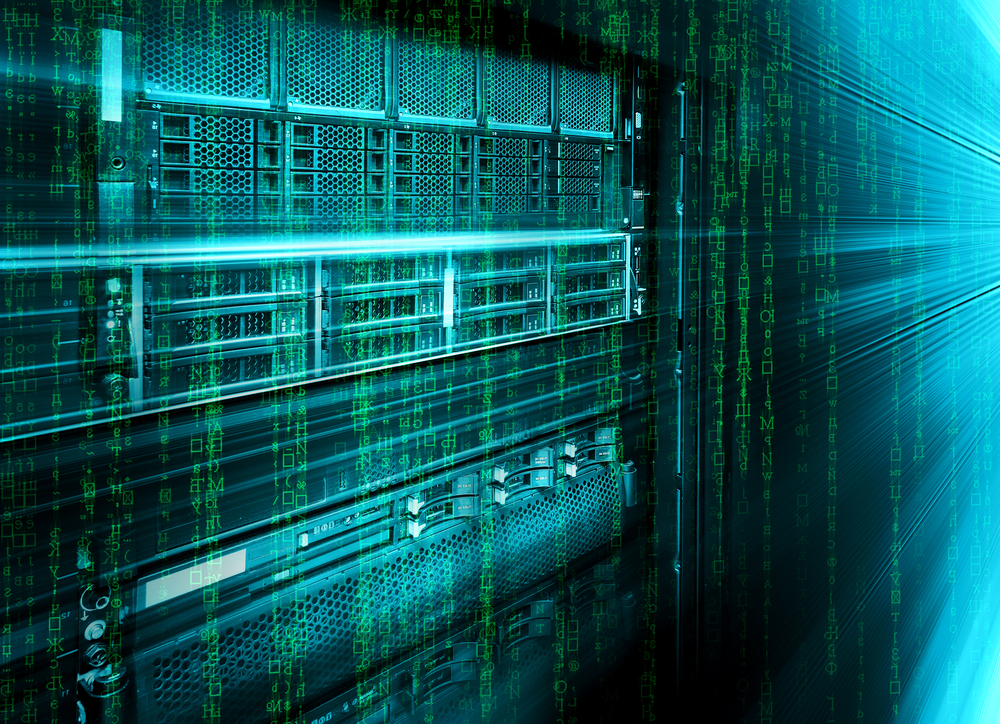

Flash storage, once considered an expensive alternative to traditional storage solutions like HDDs, has taken centre stage in recent years as lowered prices have made it more accessible.
Flash storage is, simply put, a data storage technology found in computers, smartphones, tablets, cameras, and all-flash arrays that uses flash memory.
With microsecond latency and the ability to keep data without a power source, flash storage is fast and reliable. It’s also versatile, with solutions that can work for both average consumers and enterprises.
How does flash memory work?
Flash memory is made from solid state chips. They have transistors connected to each other so they function like a NAND logic gate. Flash memory is non-volatile; this means it can preserve data even with the power off. Data is stored using a charge much like a capacitor representing a bit. These are inside surface-mounted chips connected to a printed circuit board.
When flash memory is erased, it's done so in entire blocks rather than individual bits. The drawback of this is that it's slower than RAM and will also wear out faster than it. But flash memory now lasts longer thanks to software techniques such as wear levelling (this arranges data across these blocks so that erasing and rewriting doesn't wear out a single block prematurely).
What are the benefits of flash storage?
Flash memory, unlike traditional hard drives, doesn’t have any moving parts. This makes it more durable and ideal for use in more rugged or easily dropped devices, like a mobile phone. Since a high capacity of storage can be packed in smaller units, flash memory can be stored in compact, lightweight forms like USB drives and camera memory cards.
Flash is also faster than a normal hard drive, with high transferring speeds and the ability to boot up an operating system far more quickly.
Sign up today and you will receive a free copy of our Future Focus 2025 report - the leading guidance on AI, cybersecurity and other IT challenges as per 700+ senior executives
What are the disadvantages of flash storage?
RELATED RESOURCE
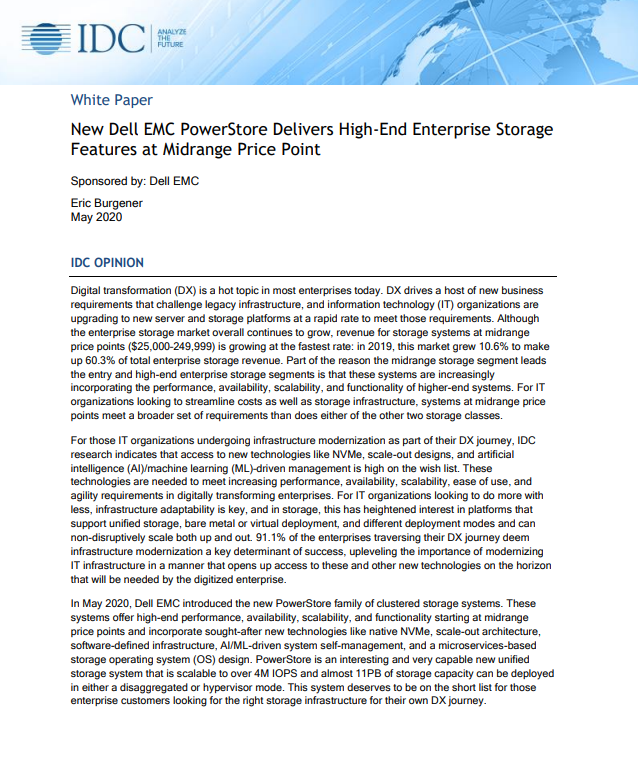
How upgraded server and storage platforms support digital transformation
New Dell EMC PowerStore delivers high-end enterprise storage features at midrange price point
Despite these benefits, there are still several drawbacks to this storage system you’ll need to consider when weighing your options.
Flash has a limited number of rewrite-erase cycles before individual blocks can no longer be used. The cells will wear out after 10,000-one million erasings. Reading disturbs nearby cells and hence it can not read the same cell too many times, and in some cases you may need a special version of a programme to protect the drive from wearing out prematurely.
Why is flash storage more expensive? Will it get cheaper?
Flash storage is more expensive than a normal hard drive because it's still a relatively new technology. The spinning platters of metal the make up a traditional hard drive, on the other hand, have been around for decades, allowing the technology to mature and become cheaper as manufacturing processes are finessed.
To get around transistors wearing out in flash memory, more transistors are used to compensate for defective ones, pushing up the cost. Also, the assembly process of a solid-state disk is a much more complex matter. The firmware and controller must reside in a small space and then be tested for hours to check compatibility and stability with the systems they are connected to; this adds to the cost.
But flash memory is being used more and more in all types of computing devices, so we are witnessing a decrease in the cost per gigabyte of the medium as this gives manufacturers the incentive to make technology cheaper.
Rene Millman is a freelance writer and broadcaster who covers cybersecurity, AI, IoT, and the cloud. He also works as a contributing analyst at GigaOm and has previously worked as an analyst for Gartner covering the infrastructure market. He has made numerous television appearances to give his views and expertise on technology trends and companies that affect and shape our lives. You can follow Rene Millman on Twitter.
-
 Trump's AI executive order could leave US in a 'regulatory vacuum'
Trump's AI executive order could leave US in a 'regulatory vacuum'News Citing a "patchwork of 50 different regulatory regimes" and "ideological bias", President Trump wants rules to be set at a federal level
-
 TPUs: Google's home advantage
TPUs: Google's home advantageITPro Podcast How does TPU v7 stack up against Nvidia's latest chips – and can Google scale AI using only its own supply?
-
 Cyber-resilient data storage for everyone
Cyber-resilient data storage for everyoneWhitepaper Improve cyber resilience and optimize performance
-
 Sustainability is more than a flash-in-the-pan topic for the data storage industry
Sustainability is more than a flash-in-the-pan topic for the data storage industryAnalysis Rising energy costs and concerns over the environmental impact of data centers are prompting a shift away from power-hungry disk drives
-
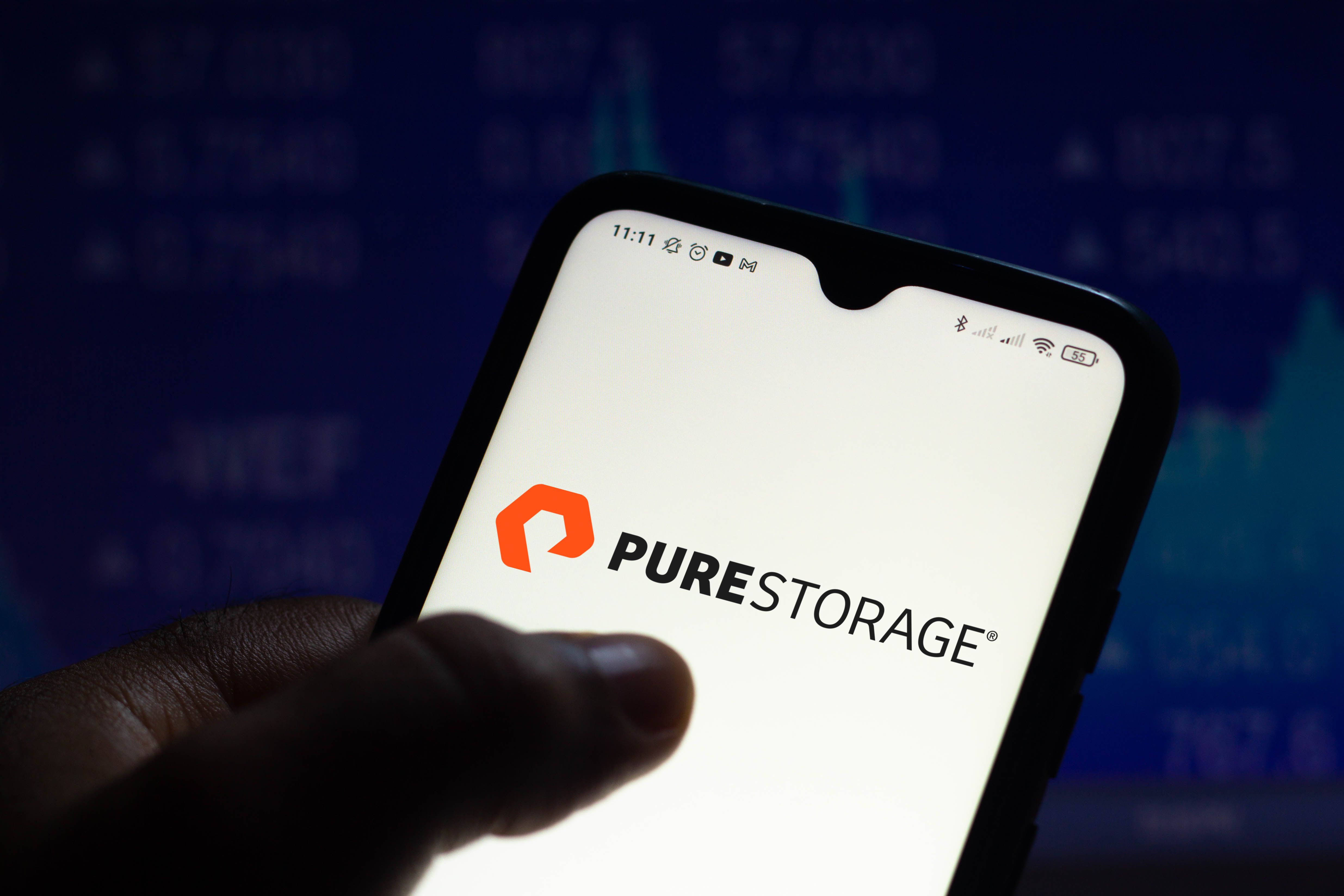 Pure Storage’s FlashArray//E launch offers “multi-year advantage” with performance and energy efficiency boosts
Pure Storage’s FlashArray//E launch offers “multi-year advantage” with performance and energy efficiency boostsNews The FlashArray lead at Pure Storage, said the launch will act as a “key differentiator” for the company in the storage space
-
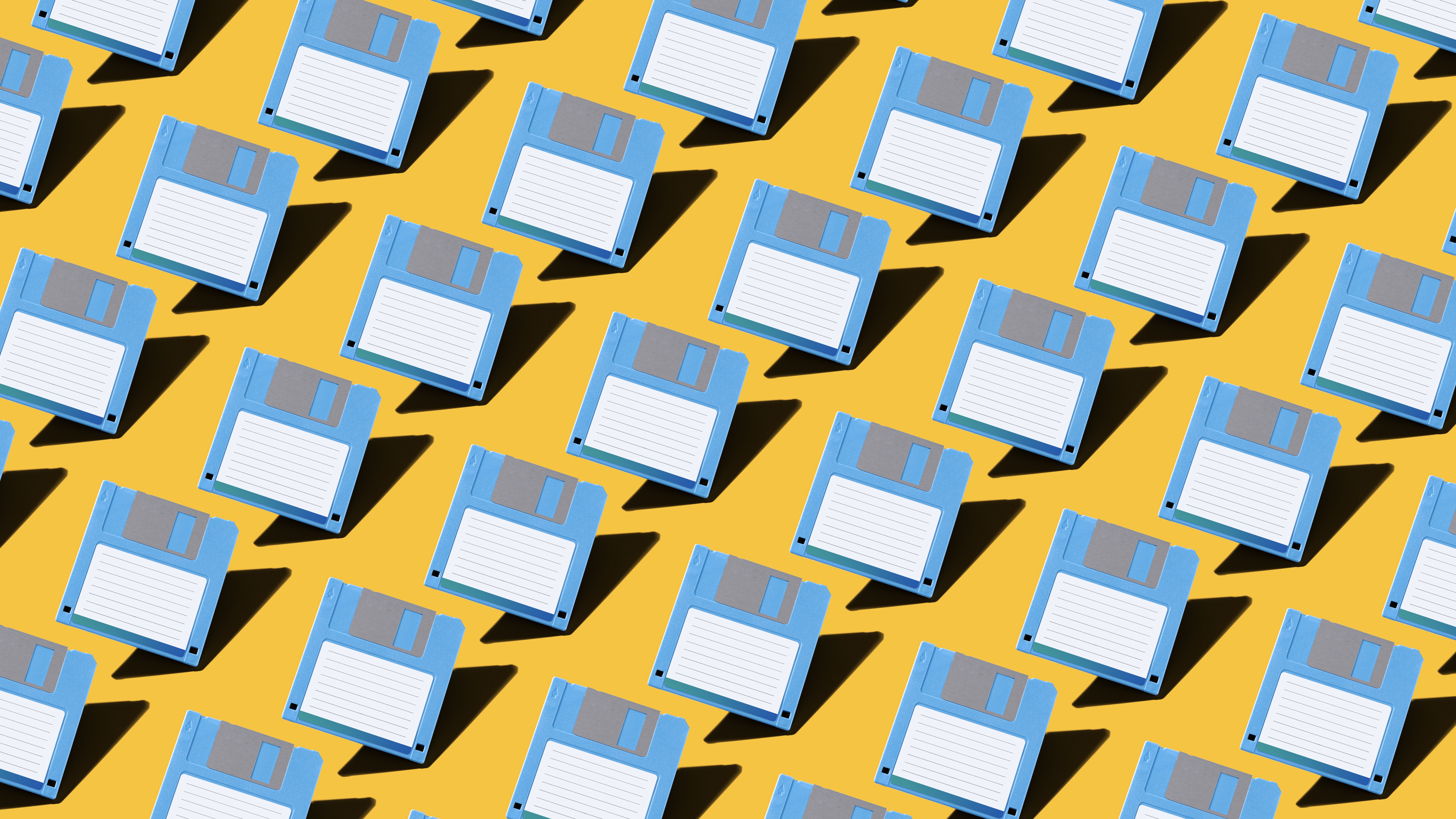 Why the floppy disk may never die
Why the floppy disk may never dieIn-depth The age-old floppy disk storage medium is still in demand despite continued attempts to kill it
-
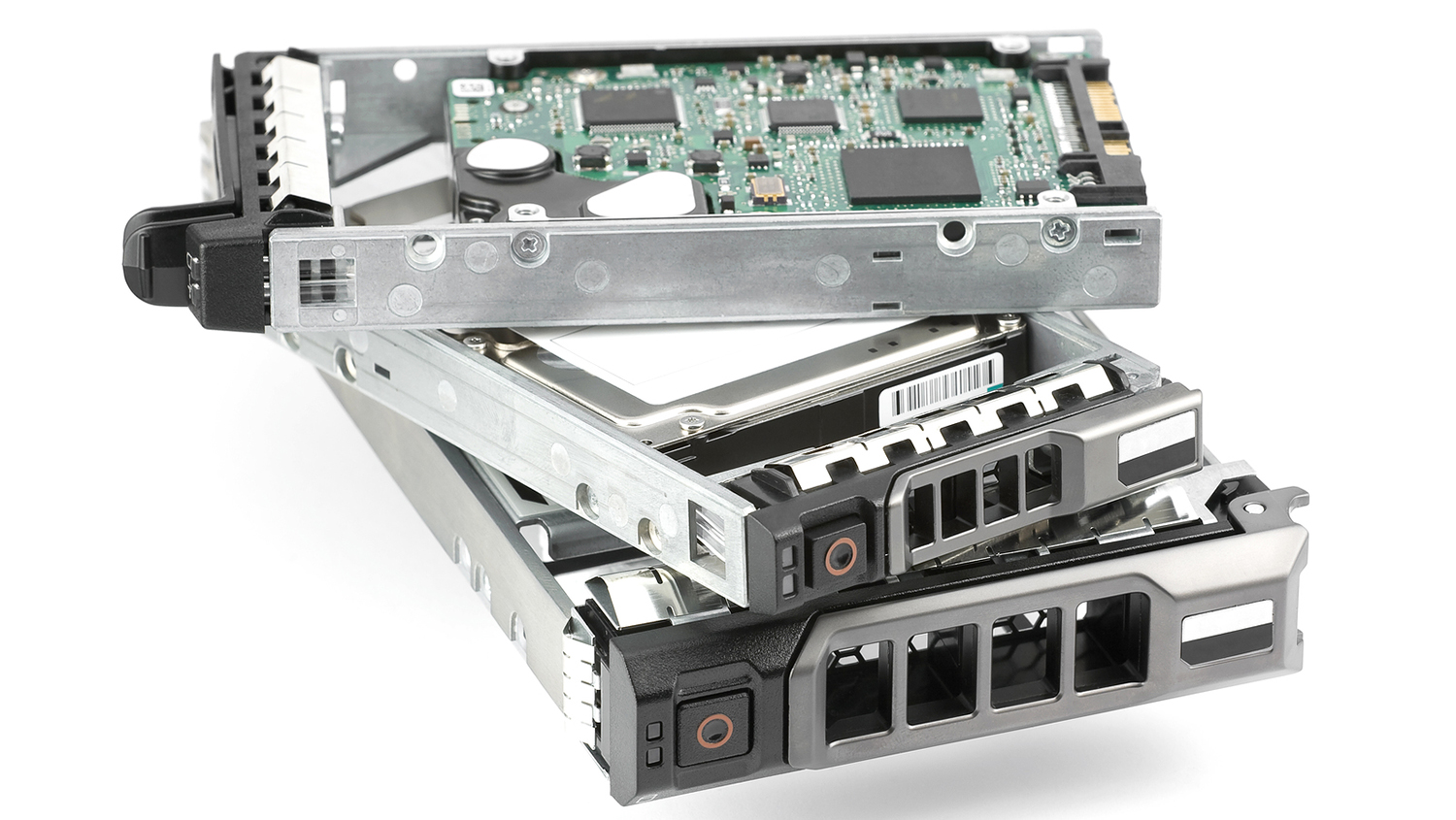 10 things to consider when buying an external hard disk-based storage device
10 things to consider when buying an external hard disk-based storage deviceIn-depth Find the right storage solution for you with this handy guide
-
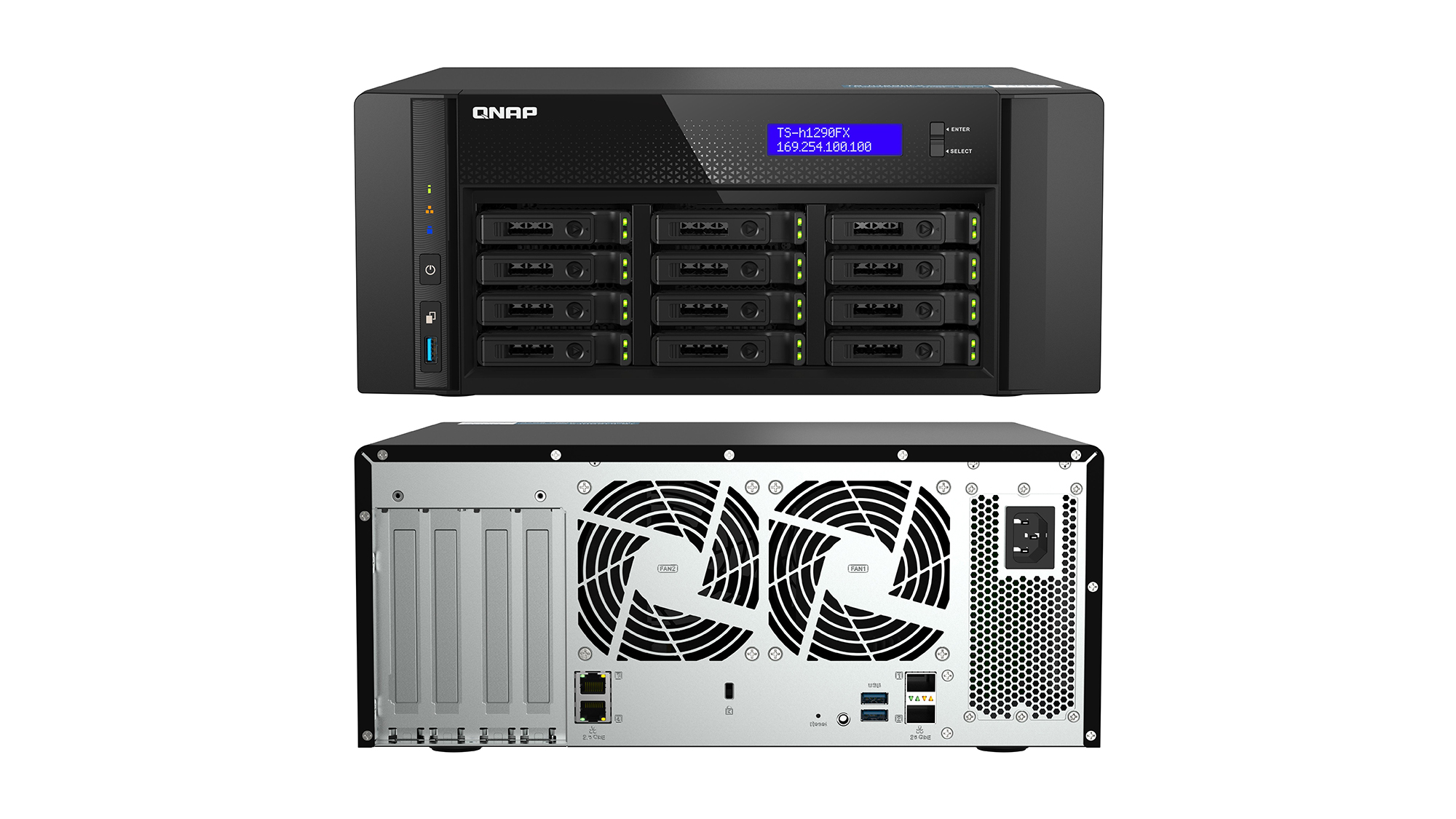
 Qnap TS-h1290FX review: Flashy desktop storage
Qnap TS-h1290FX review: Flashy desktop storageReviews A sleek and affordable desktop NVMe all-Flash array that delivers great 25GbE performance
-
 Intel kills off Optane Memory business with $559m loss
Intel kills off Optane Memory business with $559m lossNews Optane is now one of six divisions the company has ended under Gelsinger's leadership
-
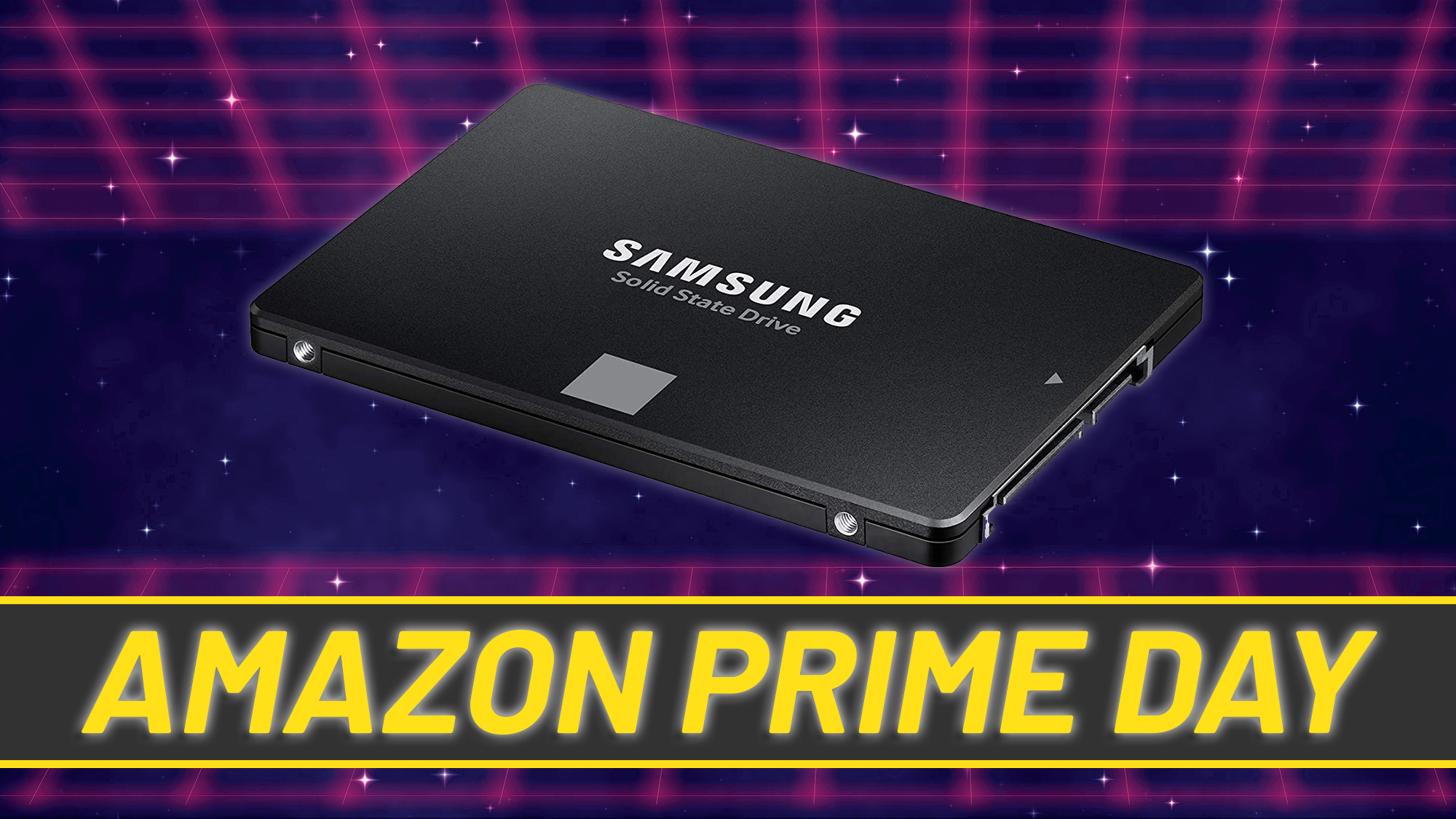 The best Amazon Prime Day storage deals: Extra capacity at rock-bottom prices
The best Amazon Prime Day storage deals: Extra capacity at rock-bottom pricesBest Add some extra headroom to your disk space
